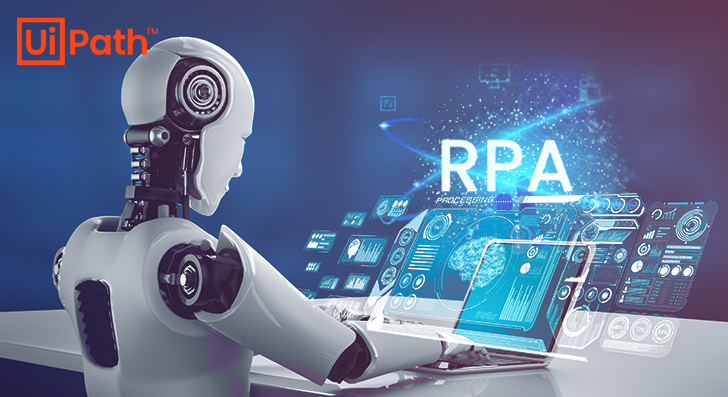Description
Introduction:
In the era of big data, real-time data processing is crucial for applications that require immediate insights and responses. This course provides an in-depth exploration of real-time data processing using Apache Spark Streaming with Java. Participants will learn how to build and manage real-time data pipelines that process streaming data efficiently and effectively.
The course covers the fundamentals of Spark Streaming, including its architecture, key concepts, and best practices for implementing real-time data pipelines. Learners will gain hands-on experience in setting up Spark Streaming applications, integrating with various data sources (such as Kafka and Flume), and handling real-time data processing challenges. The course also delves into advanced topics like stateful processing, windowing, and performance optimization to ensure participants can handle complex real-time data scenarios.
Prerequisites of Data Processing
- Intermediate knowledge of Java programming
- Basic understanding of Apache Spark (core concepts such as RDDs, DataFrames)
- Familiarity with distributed systems and data processing principles
- Understanding of real-time data processing concepts (optional, but beneficial)
- Basic knowledge of Kafka or other streaming platforms (optional, but recommended)
Table of Contents:
1: Introduction to Real-Time Data Processing
1.1 What is real-time data processing?
1.2 Differences between batch and real-time processing
1.3 Overview of Apache Spark Streaming and its capabilities
1.4 Use cases and applications of real-time data processing
2: Getting Started with Apache Spark Streaming
2.1 Setting up the Spark Streaming environment
2.2 Overview of Spark Streaming architecture
2.3 Key components: DStreams, SparkContext, and StreamingContext
2.4 Writing and running a basic Spark Streaming application in Java
3: Data Ingestion from Various Sources
3.1 Integrating with Kafka for real-time data ingestion
3.2 Using Flume and other data sources with Spark Streaming
3.3 Handling different data formats (e.g., JSON, Avro)
3.4 Configuring data sources and sinks in Spark Streaming applications
4: Transformations and Actions on Streaming Data
4.1 Basic transformations: map, flatMap, filter(Ref: Advanced Search and Filtering in Nuix e-Discovery)
4.2 Advanced transformations: reduceByKey, window, updateStateByKey
4.3 Performing aggregations and computations on streaming data
4.4 Managing and handling out-of-order data and late data
5: Stateful Processing and Windowing
5.1 Understanding stateful transformations and their use cases
5.2 Implementing windowed computations: tumbling, sliding, and session windows
5.3 Managing state with updateStateByKey and mapWithState
5.4 Handling state management and checkpointing
6: Real-Time Data Enrichment and Joins
6.1 Enriching streaming data with external sources
6.2 Performing joins with static and streaming data
6.3 Techniques for handling large-scale joins and lookups
6.4 Real-world examples of data enrichment and joins in streaming pipelines
7: Performance Optimization and Tuning
7.1 Understanding Spark Streaming performance metrics
7.2 Optimizing Spark Streaming applications for throughput and latency
7.3 Configuring batch intervals and parallelism
7.4 Best practices for resource management and load balancing
8: Fault Tolerance and Error Handling
8.1 Ensuring fault tolerance in Spark Streaming applications
8.2 Handling failures and data recovery with checkpoints and write-ahead logs
8.3 Strategies for managing data consistency and exactly-once semantics
8.4 Debugging and troubleshooting common issues in streaming applications
9: Security and Monitoring
9.1 Implementing security measures for Spark Streaming applications
9.2 Monitoring and managing streaming jobs with Spark UI and external tools
9.3 Using logging and metrics for tracking performance and debugging
9.4 Setting up alerts and notifications for streaming job issues
10: Advanced Topics in Spark Streaming
10.1 Integrating Spark Streaming with machine learning models (MLlib)
10.2 Advanced use cases: complex event processing and real-time analytics
10.3 Real-time dashboards and visualization with Spark Streaming
10.4 Exploring emerging technologies and trends in real-time data processing
11: Hands-On Projects and Case Studies
11.1 Real-world case studies of Spark Streaming implementations
11.2 Hands-on project: Building a complete real-time data pipeline using Spark Streaming and Java
11.3 Analyzing and optimizing a sample streaming application
Conclusion
This training on Real-Time Data Processing with Java and Apache Spark empowers participants to effectively manage and analyze streaming data. They will gain hands-on experience in building real-time data pipelines and applying Spark Streaming for immediate insights. By the end of the course, attendees will be equipped to implement real-time analytics solutions in dynamic environments.







Reviews
There are no reviews yet.